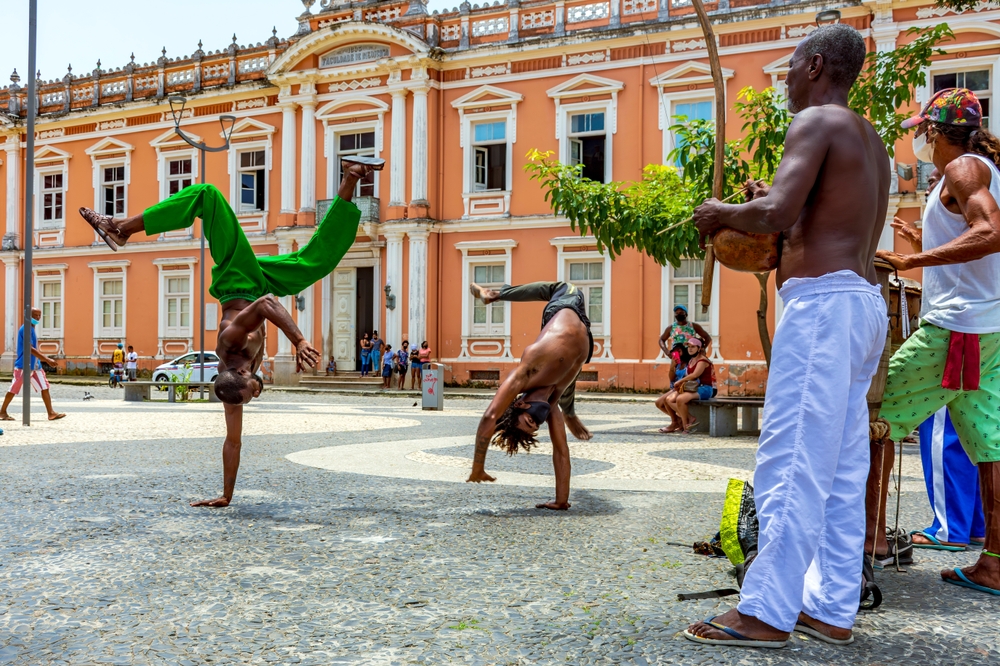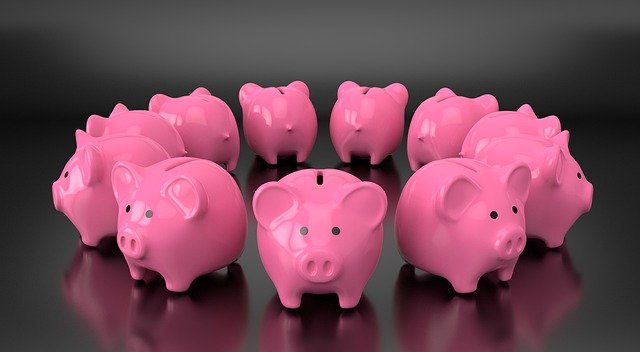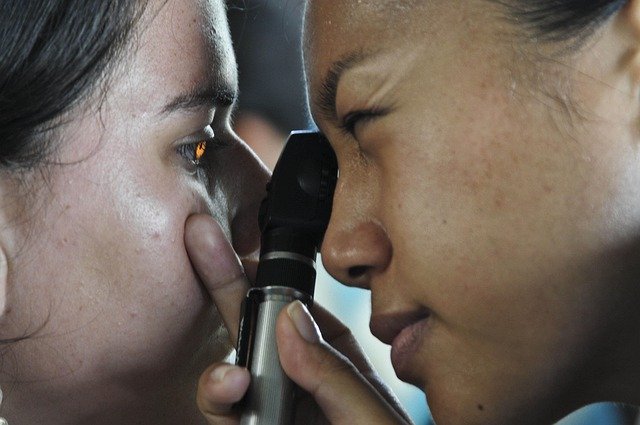Rewriting the Narrative: The Powerful Influence of Dance Fitness on Beauty and Wellness
When we think of dance, images of enchanting performances, captivating rhythms, and creative expressions typically spring to mind. However, dance is more than just an art form. It has evolved over the years into a potent fitness regimen, transforming perceptions of beauty and wellness along the way. This article delves into the historical origins of dance fitness, examines its current industry trends, and explores its profound impact on the beauty and wellness sector.

Historical Context and Key Developments
The genesis of dance as a fitness routine can be traced back to the 1970s, when Jazzercise – a blend of jazz dance and physical exercise – was introduced by professional dancer Judi Sheppard Missett. It marked a revolutionary shift in the fitness industry, as it combined the physical benefits of exercise with the joy of dance, breaking away from the monotony of traditional fitness regimes.
Over the decades, various dance fitness programs have emerged, such as Zumba, Bokwa, and Masala Bhangra, among others. These programs have not only diversified fitness routines but also fostered a sense of community among participants, thereby creating a holistic wellness experience.
Current Industry Trends
Today, dance fitness is a burgeoning trend in the beauty and wellness industry. The rise of boutique fitness studios offering dance-centric workouts, and the proliferation of online dance fitness classes amid the COVID-19 pandemic, have further fueled its popularity.
According to industry experts, the appeal of dance fitness lies in its ability to provide a full-body workout while boosting mental health. The combination of music and movement stimulates the release of endorphins, the body’s natural mood enhancers, making dance fitness a fun and effective stress-reliever.
Dance Fitness: Benefits, Market Relevance, and Industry Impact
Dance fitness offers a plethora of benefits. Physically, it improves cardiovascular health, enhances flexibility, and contributes to weight management. Psychologically, it boosts confidence, improves mood, and promotes better sleep.
From a market perspective, dance fitness has carved a niche for itself in the wellness industry. A study by the American College of Sports Medicine identified dance fitness as one of the top fitness trends for 2020, indicating its growing market relevance.
The impact of dance fitness extends to the beauty industry too. It promotes healthy skin by enhancing blood circulation, which results in a natural glow. Moreover, the confidence gained from dance fitness aids in developing a positive body image, redefining traditional beauty norms.
Evidence-Based Claims and Recommendations
Numerous studies corroborate the benefits of dance fitness. A study published in the Hellenic Journal of Cardiology found that dance fitness can improve physical fitness and lower body mass index. Another study in the Journal of Physical Activity & Health found that Zumba fitness could reduce feelings of burnout and improve mood among office workers.
As a recommendation, experts advise incorporating dance fitness into regular workout routines, given its numerous health and beauty benefits. They also suggest choosing a dance form that resonates at a personal level to ensure consistency and enjoyment.
In conclusion, dance fitness is revolutionizing the beauty and wellness industry by promoting an inclusive and holistic approach to health. By blending fitness with fun, it encourages people to embrace exercise not as a chore but as a joyous activity, thereby fostering a positive relationship with their bodies. This transformative power of dance fitness is rewriting the narrative of beauty and wellness, one dance step at a time.




